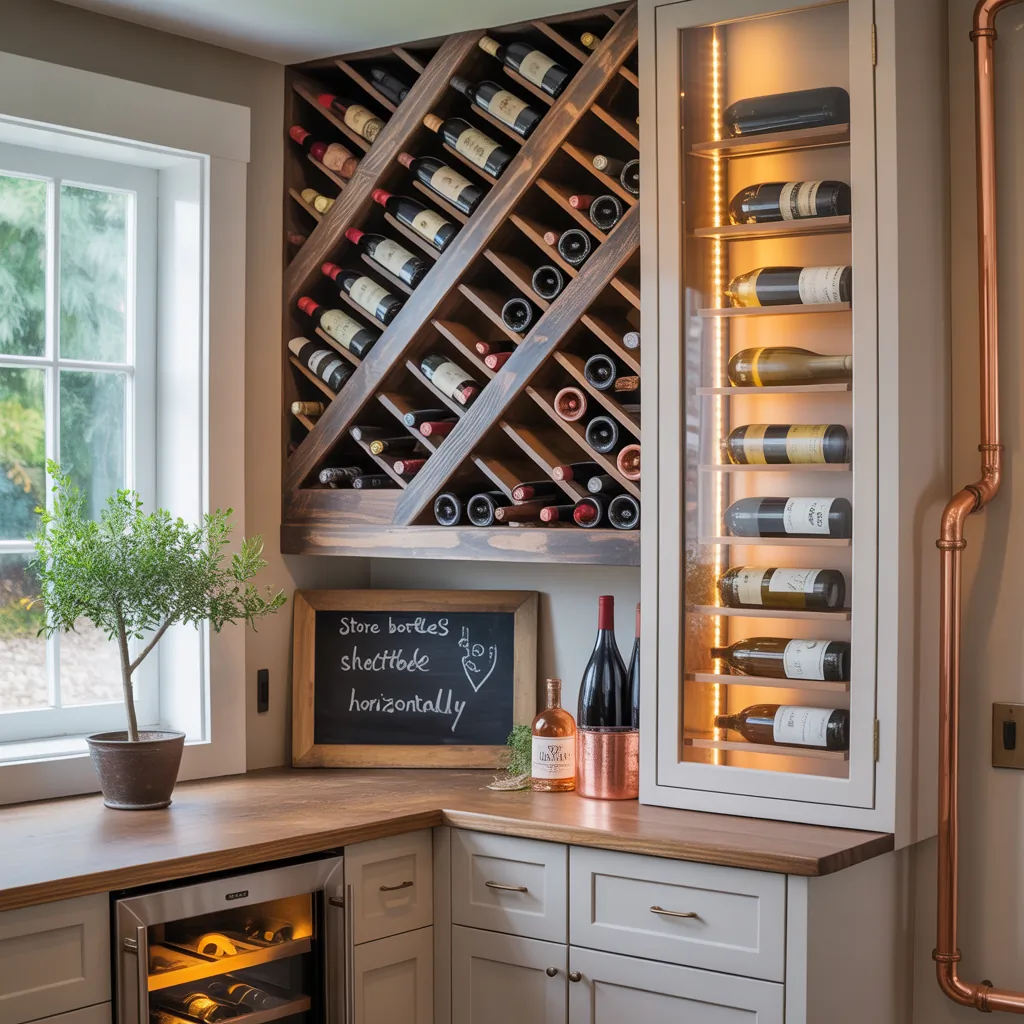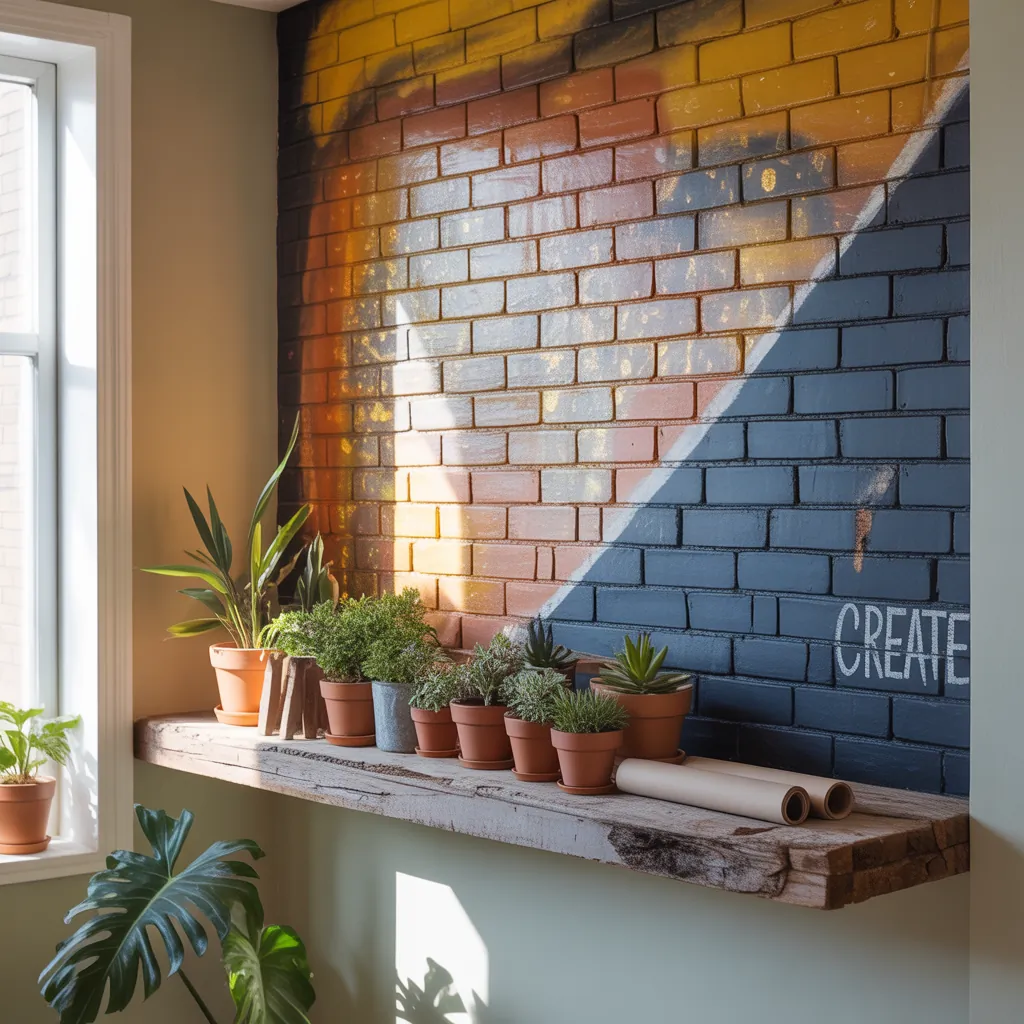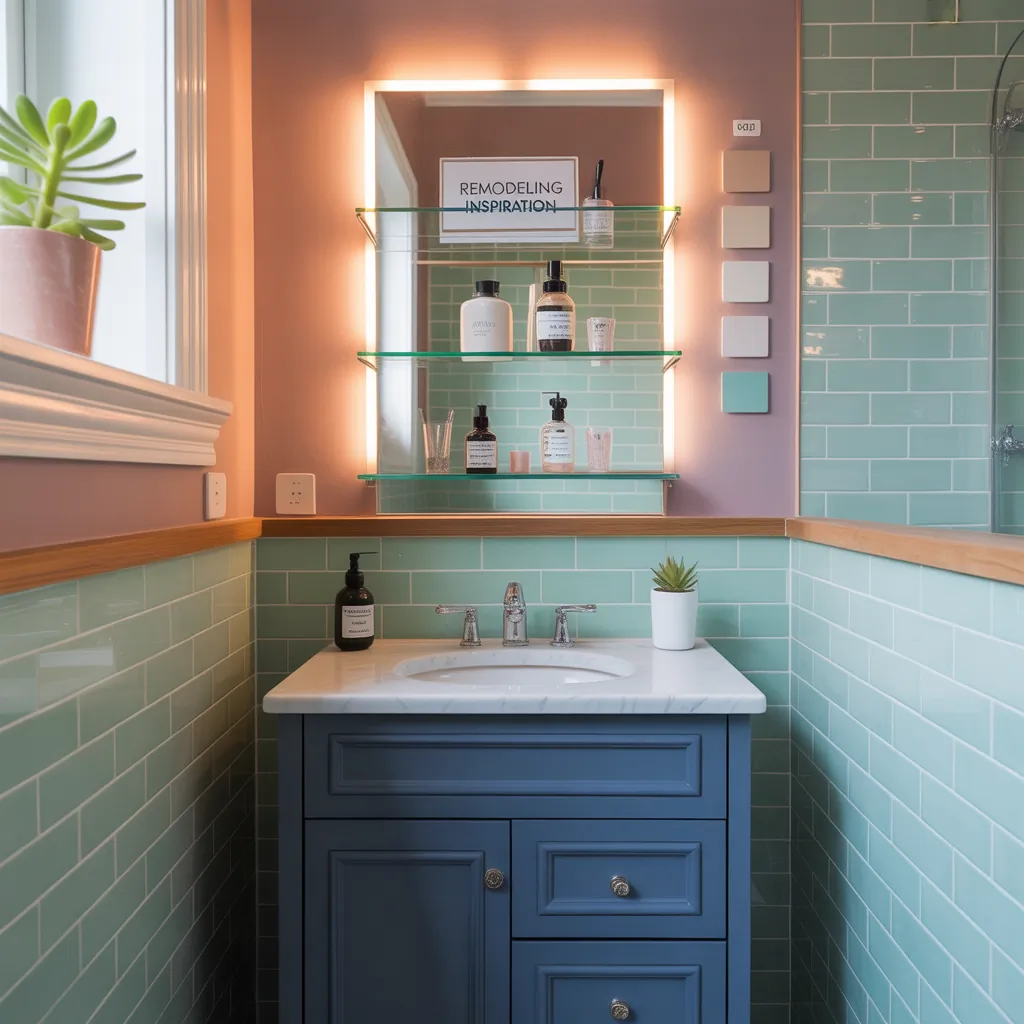Ever cleared out the junk drawer, stared at a half-built shelving unit, and thought, “I could build a little home bar here” — only to hesitate because you don’t know the best way to store your bottles? Whether you’re renovating a kitchen, finishing a basement, or just trying to tame a cluttered pantry, the challenge of storing wine, beer, and spirits so they stay safe, look great, and are easy to access is a classic DIY dilemma.
In this guide I’ll share real-world, DIY-friendly alcohol storage tips to help you design functional bar storage, protect your collection, and add style to your home. These are practical, step-by-step ideas that anyone with basic carpentry skills can implement.
Why proper alcohol storage matters
Good storage preserves flavor and value, prevents accidents, and keeps bottles organized for entertaining. Improper conditions—like sunlight, temperature swings, or poor orientation—can ruin wine or degrade liquors. For safety, alcohol is flammable at higher concentrations and often needs to be stored away from heat sources and out of children’s reach.
Alcohol storage tips: essential rules for every home
These core rules apply whether you have a small spirits collection, a beer fridge, or a few prized wine bottles.
- Control temperature: Aim for stable, moderate temps. Wine likes 50–59°F (10–15°C); spirits and beer are more forgiving but avoid heat above 70°F (21°C).
- Avoid direct light: UV and sunlight fade labels and can damage delicate beverages. Use opaque cabinets, tinted glass, or position storage away from windows.
- Mind humidity: For cork-sealed wines, keep relative humidity around 50–70% to prevent corks from drying.
- Store bottles correctly: Store wine bottles on their side to keep corks moist; keep spirits upright to avoid alcohol dissolving corks or seals.
- Keep it stable: Avoid areas with heavy vibration (near laundry machines or speakers) that can disturb sediment in wines.
- Child-proof and ventilate: Use locking cabinets or higher shelves for liquor in family homes; ensure ventilation if storing large amounts of alcohol due to flammability concerns.
DIY bar and storage projects you can build this weekend
Here are step-by-step ideas that range from quick upgrades to weekend builds. All are DIY-friendly and designed to improve organization, appearance, and safety.
1. Floating bottle ledge (1–2 hours)
- Measure the space under a shelf or above a counter where you want bottles displayed.
- Cut a hardwood strip into a shallow ledge (1.5″ high) and route a shallow groove to cradle bottle bases.
- Attach with hidden brackets or French cleat for a clean look, then stain or paint to match your cabinetry.
2. Converted cabinet wine rack (weekend project)
- Empty a lower cabinet and remove any obstructing hardware.
- Install simple slotted wine racks or build racks from plywood strips to hold bottles on their side.
- Add soft LED strip lighting with a dimmer and a magnetic catch for a gentle reveal.
3. Lockable under-counter liquor drawer (advanced)
- Measure a drawer front and remove the drawer box temporarily.
- Install a shallow, padded insert with bottle slots and a locking mechanism on the drawer face.
- Add a non-slip liner and label holders for quick inventory checks.
Design inspiration: blend form and function
Great alcohol storage doesn’t have to be all utilitarian. Mix materials and lighting to integrate storage into your home décor.
- Industrial chic: Black metal racks with reclaimed wood shelves—perfect for a basement bar.
- Minimal modern: Closed cabinetry with push-to-open doors and internal LED strips gives a clean look for open-plan kitchens.
- Rustic pantry: Repurpose an old armoire with added wine cubbies and a lock for character-rich storage.
Targeted tips: wine, spirits, and beer storage
Wine storage
Store wine on its side, avoid vibration, and maintain a constant temperature and moderate humidity. For collectors, consider a dedicated wine cooler or cellar for long-term aging.
Spirits storage
Keep spirits upright at room temperature and avoid prolonged exposure to sunlight. Seal easy-to-pour decanters tightly and label them if decanting to prevent mix-ups.
Beer storage
Most beers are best chilled; keep craft beers out of direct sunlight and at stable, cool temperatures. Use a compact beverage fridge for mixed collections to prevent spoilage.
Common mistakes to avoid
- Storing wine in the kitchen’s hottest cabinet—heat shortens aging and can spoil bottle contents.
- Leaving corked bottles upright for long-term wine storage—this can dry corks and admit oxygen.
- Cramming bottles into a damp basement without ventilation—increases mold risk and label damage.
Practical maintenance and organization strategies
Set up a simple inventory system: a whiteboard on the inside of a cabinet door, a spreadsheet, or a labeled shelf system (e.g., “Red — Drink by 2027”). Rotate stock so older bottles are used first. Periodically check seals, labels, and corks, and clean the storage area to avoid sticky residues and dust.
Frequently Asked Questions
Q: What’s the best way to store liquor at home if I don’t have a cellar?
A: Use a cool, dark cabinet or closet away from heat sources and windows. For wines, a compact wine fridge helps maintain consistent temperature and humidity; for spirits, a locked cabinet at room temperature works well.
Q: Can I store opened bottles of wine and spirits together?
A: Yes, but keep them properly sealed. Wine should be recorked or sealed with an airtight stopper and chilled; spirits should be capped tightly and stored upright to protect seals and prevent evaporation.
Q: Are there safety concerns with storing large amounts of alcohol at home?
A: Yes. High-proof alcohol is flammable—keep it away from heat sources, stoves, and direct sunlight. For larger collections, ensure proper ventilation, use fire-resistant storage areas if possible, and secure bottles away from children.
Conclusion — Start improving your storage today
These alcohol storage tips give you the foundation to protect your collection, upgrade your home bar, and create storage that looks intentional and works for everyday life. Pick one small project—convert a cabinet, add a bottle ledge, or install a beverage fridge—and build from there. If you’re ready to tackle larger renovations, explore more ideas in our DIY projects section or see how smart cabinetry can transform a room in our kitchen upgrades and home design ideas pages.
Ready to start a weekend build? Share your storage challenge and I’ll help you plan a custom solution.



